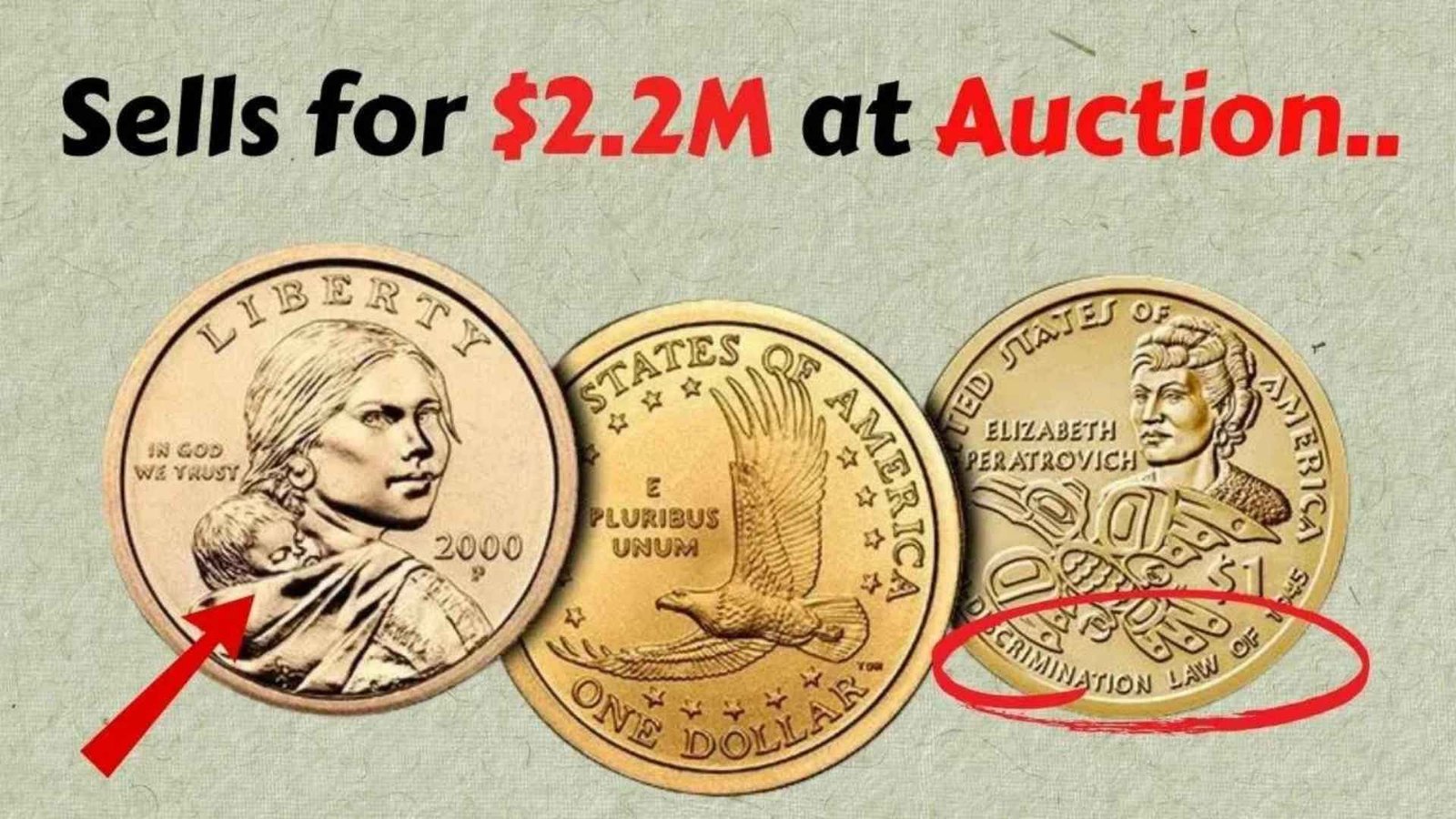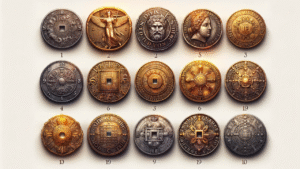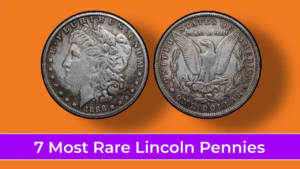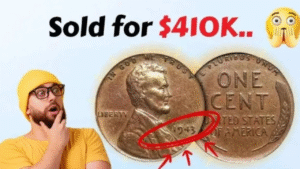2011 Sacagawea Dollar Be Worth $2.2 Million: Imagine finding a dollar coin in your change worth $2.2 million! A rare 2011 Sacagawea Dollar with a reverse error sold for that huge amount at a 2025 auction, stunning collectors. This coin, meant for everyday use, has a mistake where the back design is upside down, making it a treasure. This article explains in simple words why it’s so valuable, how to spot one, and where to look. Check your coins—you might have a fortune!
What Is the 2011 Sacagawea Dollar?
The Sacagawea Dollar, first minted in 2000, honors the Shoshone woman who helped the Lewis and Clark expedition. It shows Sacagawea with her baby on the front and, for 2011, a design of a peace pipe exchange between Native Americans and settlers on the back. About 49.5 million were made in Philadelphia in 2011, so most are worth just $1. But a rare few with errors, like an upside-down back, are worth thousands or millions.
Why Is the 2011 Reverse Error So Valuable?
The 2011 Sacagawea Dollar with a reverse rotation error has the eagle or peace pipe design flipped 180 degrees compared to the front. This mistake, called a “rotation error,” is super rare, with only a handful known to exist. In August 2025, a near-perfect (MS-68) error coin sold for $2.2 million at Heritage Auctions, setting a record for modern U.S. coins. Its scarcity, perfect condition, and dramatic error drive its value.
The $2.2 Million Coin Story
In early 2025, a collector in Pennsylvania found a 2011 Sacagawea Dollar in a bank roll. Noticing the back was upside down when flipped top to bottom, they sent it to PCGS for grading. Confirmed as a rare 180-degree rotation error, it sparked a bidding war at auction, selling for $2.2 million. This find shows that valuable coins can still be hiding in everyday change.
Key 2011 Sacagawea Dollar Errors to Look For
Here are the top errors collectors seek:
1. 180-Degree Reverse Rotation Error
- Why Rare: The back design (peace pipe or eagle) is upside down when flipped vertically.
- How to Spot: Flip the coin top to bottom; the back should be inverted compared to Sacagawea’s face.
- Value: $5,000–$2.2 million, depending on condition.
2. Weak Edge Lettering
- Why Rare: Faint or missing edge inscriptions like “E PLURIBUS UNUM” or “2011.”
- How to Spot: Check the coin’s edge for weak or incomplete text.
- Value: $100–$1,000.
3. Off-Center Strike
- Why Rare: The design is misaligned, missing parts of the image.
- How to Spot: Look for shifted or partial designs on either side.
- Value: $200–$2,000.
| Error Type | Key Feature | Mint Mark | Estimated Value |
|---|---|---|---|
| 180-Degree Rotation | Upside-down back design | None (P) | $5,000–$2.2 million |
| Weak Edge Lettering | Faint or missing edge text | None (P) | $100–$1,000 |
| Off-Center Strike | Misaligned design | None (P) | $200–$2,000 |
How to Spot a Valuable 2011 Sacagawea Dollar
To find a rare coin:
- Check the Date: Look for “2011” on the front.
- Find Mint Mark: No mint mark means Philadelphia (most errors are from here).
- Test the Rotation: Flip the coin top to bottom; if the back is upside down, it’s the error.
- Inspect the Edge: Check for weak or missing lettering.
- Weigh It: Should be 8.1 grams with a golden edge.
- Check Condition: Shiny, unworn coins are worth more.
Where to Find These Coins
You might find them in:
- Pocket Change: Some Sacagawea Dollars still circulate.
- Bank Rolls: Get dollar coin rolls from banks to search.
- Old Collections: Check family coin jars or inherited stashes.
- Coin Shops or Auctions: Visit dealers or check eBay, Heritage Auctions, or GreatCollections.
What to Do If You Find One
- Don’t Clean It: Cleaning lowers its value.
- Store Safely: Use a plastic coin holder or gloves to protect it.
- Get It Graded: Take it to PCGS or NGC for authentication and grading.
- Sell Smart: Use auction houses like Heritage Auctions, dealers like APMEX, or eBay with clear photos.
Avoiding Fakes
Fakes exist, often with altered designs to mimic errors. Check the rotation carefully—genuine errors have a precise 180-degree flip. Weigh the coin (8.1 grams) and look for natural wear. Only trust professional grading from PCGS or NGC to confirm authenticity.
Conclusion
The 2011 Sacagawea Dollar with a $2.2 million reverse rotation error proves that everyday coins can be worth a fortune. With only a few known, these treasures might be in your change, bank rolls, or old coin jars. Check for “2011,” no mint mark, and an upside-down back, then get any finds graded by experts. The thrill of finding such a rare coin keeps collectors excited. Start searching your dollar coins today—you could uncover a life-changing treasure!
FAQ
Is the 2011 Sacagawea Dollar really worth $2.2 million?
Yes, one with a 180-degree reverse rotation error sold for $2.2 million in 2025.
What makes a 2011 Sacagawea Dollar valuable?
A rare reverse rotation error, where the back is upside down, makes it highly sought after.
Are these coins still in circulation?
Yes, some may appear in pocket change, bank rolls, or old collections, though errors are rare.
How do I spot a 2011 Sacagawea error coin?
Check for “2011,” no mint mark, and an upside-down back when flipped top to bottom.
What should I do if I find a rare Sacagawea Dollar?
Don’t clean it, store it safely, get it graded by PCGS or NGC, and sell via auctions or dealers.



